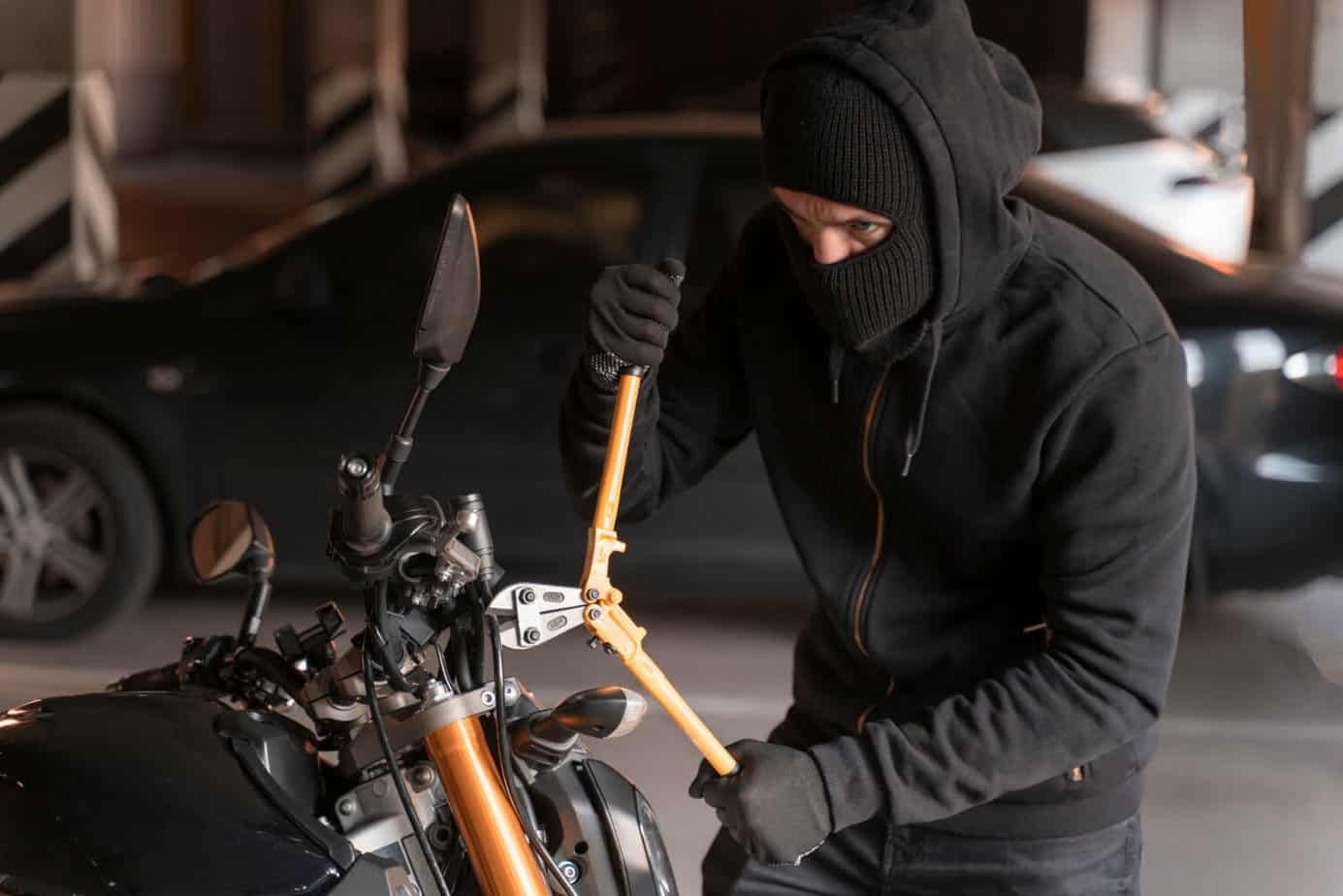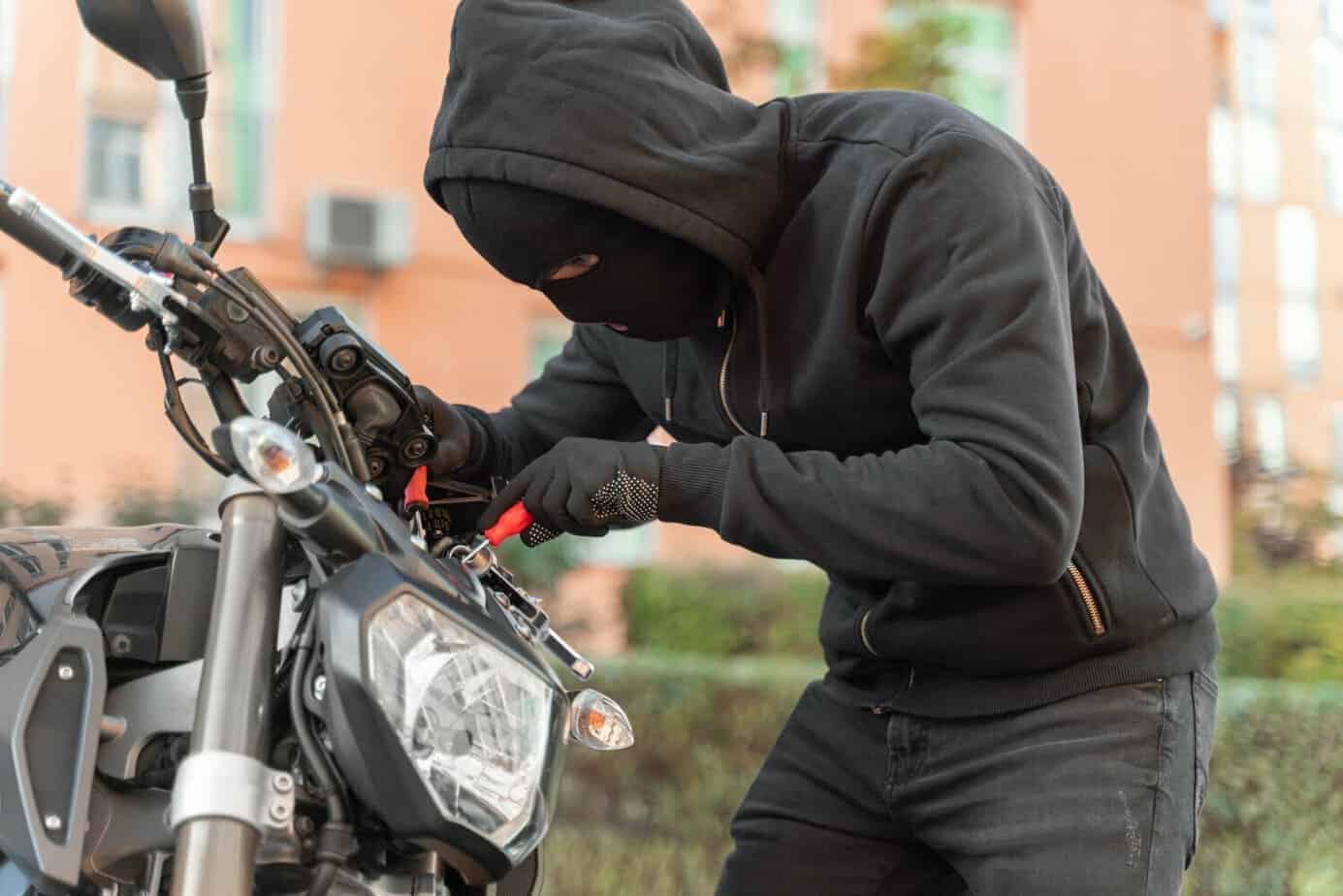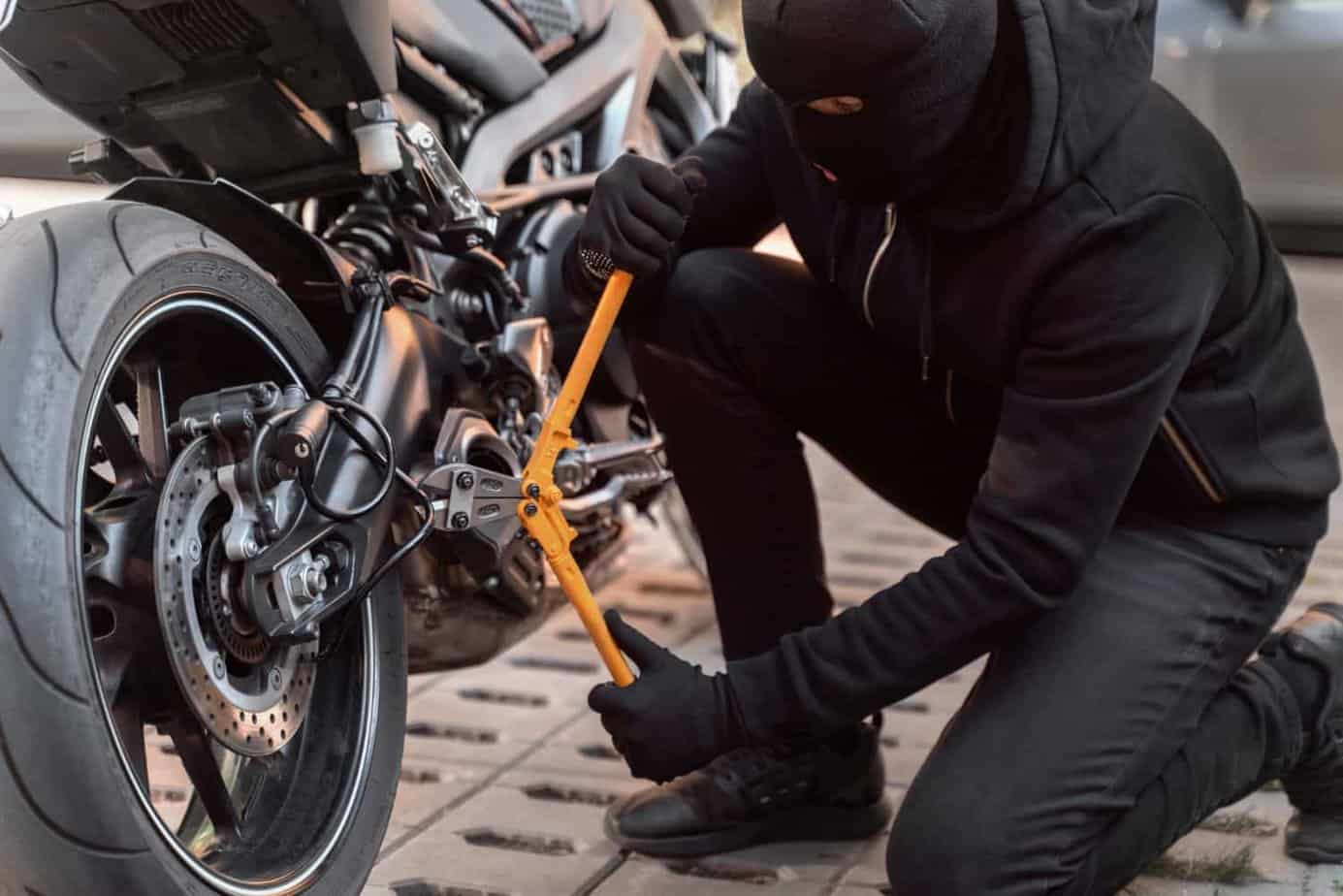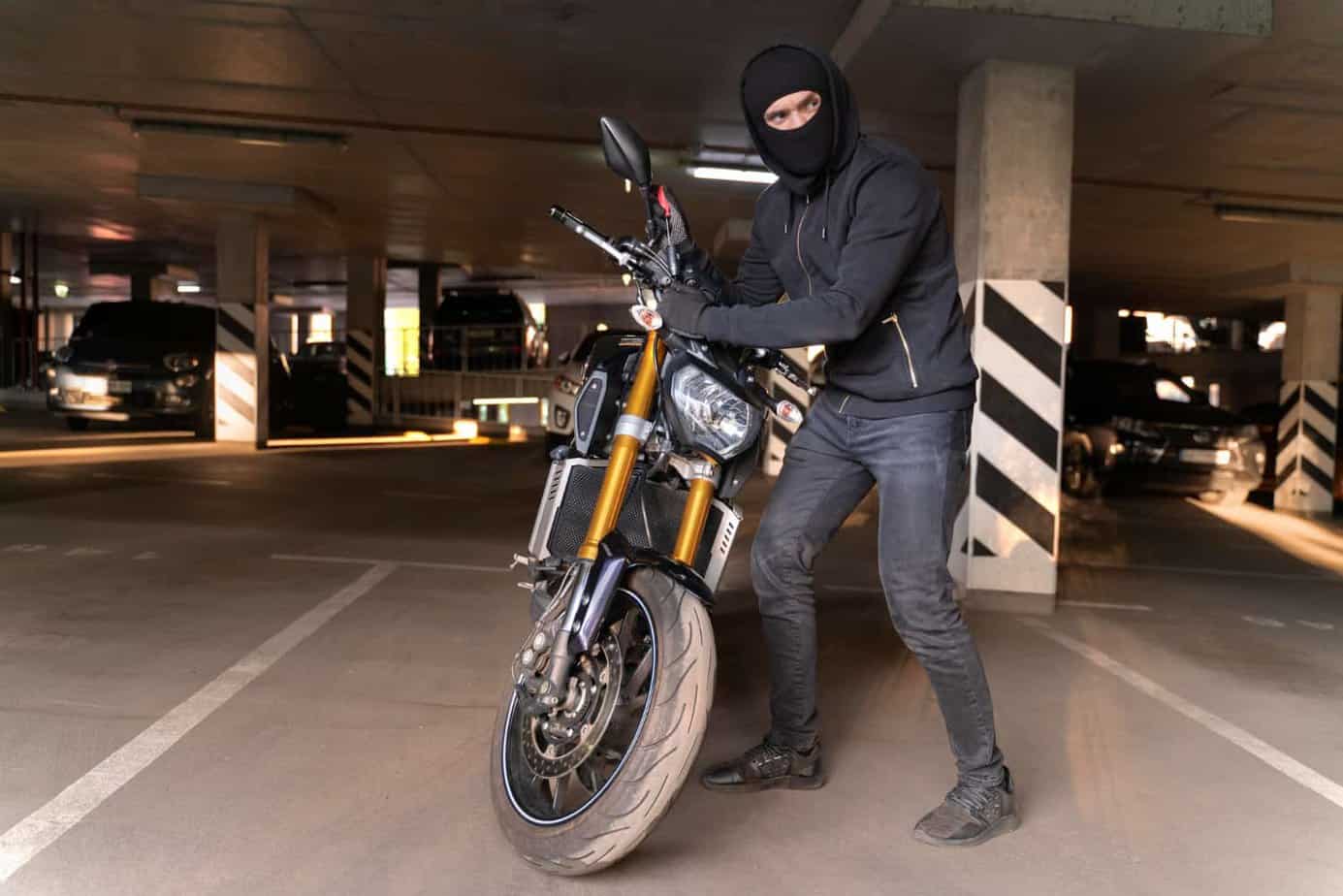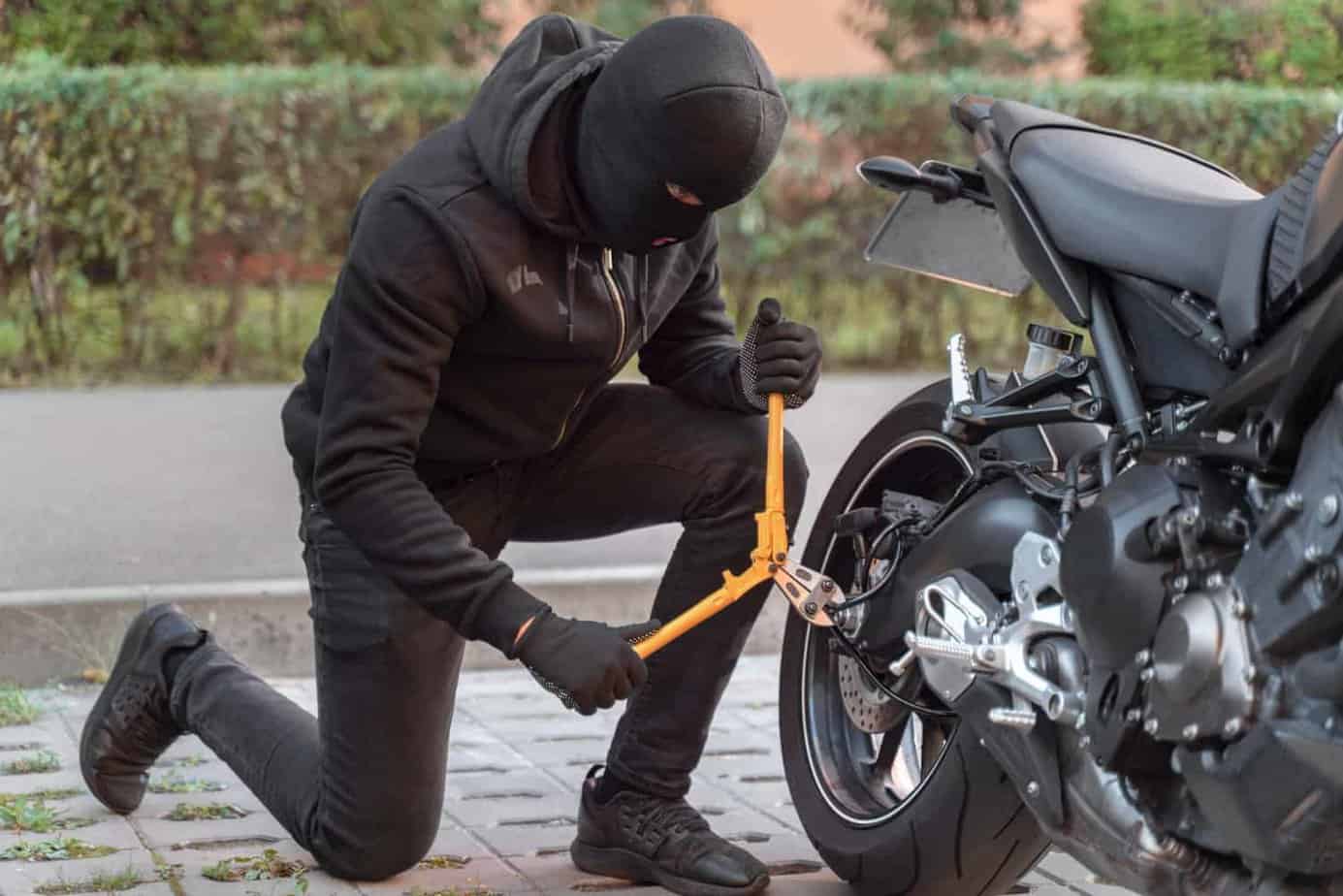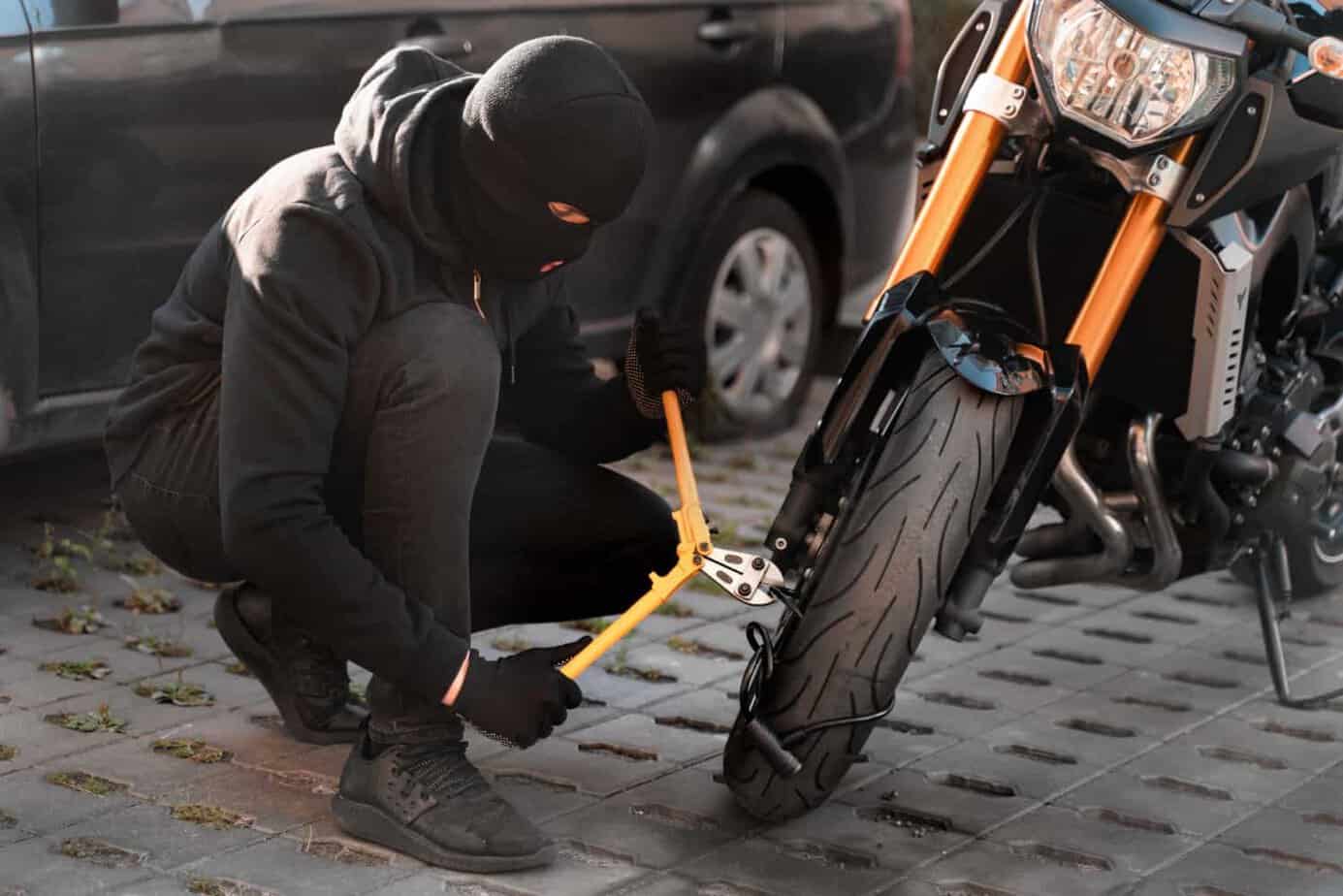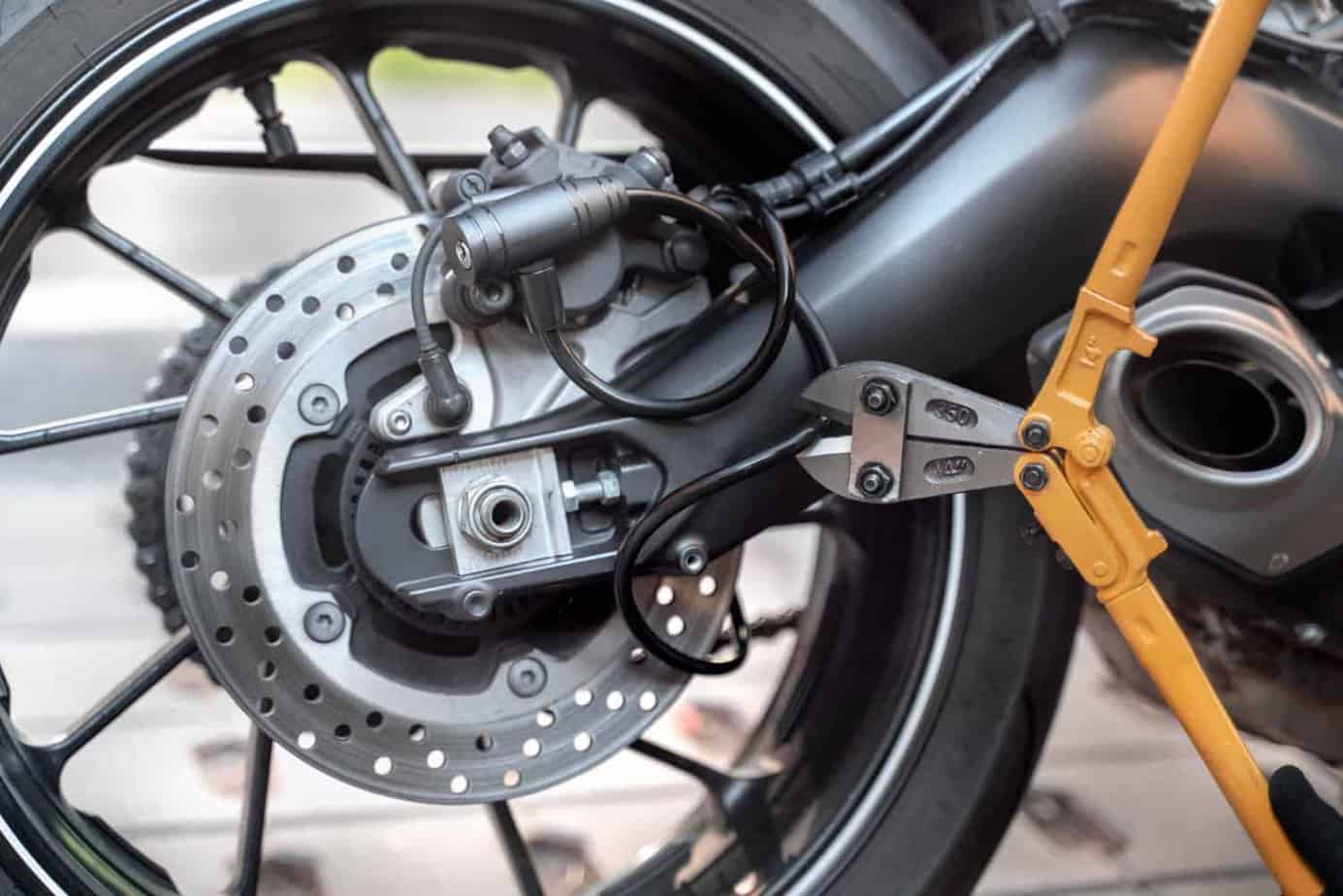Motorcycle chop shops play a significant role in the overall problem of motorcycle theft. These illegal operations dismantle stolen motorcycles and sell the parts on the black market, contributing to the demand for stolen bikes and perpetuating the cycle of theft. Understanding how chop shops and the illicit parts market operate is essential for motorcycle owners and law enforcement agencies to combat this issue effectively.
Chop shops are usually hidden from plain sight, operating in garages, warehouses, or other inconspicuous locations. Once a motorcycle is stolen and brought to a chop shop, it is quickly disassembled, and its parts are sorted and inventoried. The process of dismantling a motorcycle can be remarkably fast, with experienced chop shop operators taking as little as 30 minutes to strip a bike down to its individual components.
The illicit parts market thrives on the demand for cheaper motorcycle parts, often fueled by a lack of knowledge or awareness from buyers about the origins of these components. Some of the most sought-after parts in the black market include engines, frames, wheels, and electronic components. Chop shops may sell these parts to unsuspecting buyers through online marketplaces, motorcycle repair shops, or directly to other criminals involved in motorcycle theft rings.
There are several factors that contribute to the prevalence of motorcycle chop shops and the illicit parts market:
- Profitability: Selling stolen motorcycle parts can be highly lucrative for criminals. The combined value of the individual components often exceeds the worth of the entire motorcycle, providing a strong financial incentive for thieves and chop shop operators.
- Difficulty in tracing parts: Tracking down stolen motorcycle parts can be challenging for law enforcement agencies, as these components often lack unique identification numbers or markings. In addition, the process of dismantling a motorcycle and selling its parts separately makes it harder to link the components back to the original stolen bike.
- Low risk of detection: Chop shops can be difficult to locate and infiltrate, as they often operate in discreet locations and maintain a low profile. Additionally, the online nature of the illicit parts market can make it difficult for law enforcement to trace transactions and apprehend those involved.
Combating motorcycle chop shops and the illicit parts market involves a multi-pronged approach that includes:
- Public awareness and education: Educating motorcycle owners about the dangers of purchasing parts from questionable sources can help reduce demand for stolen components. By promoting the use of reputable dealers and authorized service centers, motorcycle owners can avoid inadvertently supporting chop shops and the illicit parts market.
- Tracking and identification technologies: Implementing unique identification markings or tracking technologies on motorcycle components can make it easier for law enforcement agencies to trace stolen parts and link them back to specific thefts.
- Stronger penalties for chop shop operators: Increasing the legal penalties for those involved in operating chop shops or selling stolen motorcycle parts can serve as a deterr
- Collaboration between law enforcement and industry stakeholders: Law enforcement agencies can work closely with motorcycle manufacturers, dealers, and repair shops to share information, identify suspicious activities, and shut down chop shops and the illicit parts market.
In conclusion, motorcycle chop shops and the illicit parts market are significant contributors to the problem of motorcycle theft. By raising awareness, implementing better tracking technologies, and fostering collaboration between law enforcement and industry stakeholders, the prevalence of chop shops and the demand for stolen motorcycle parts can be reduced.
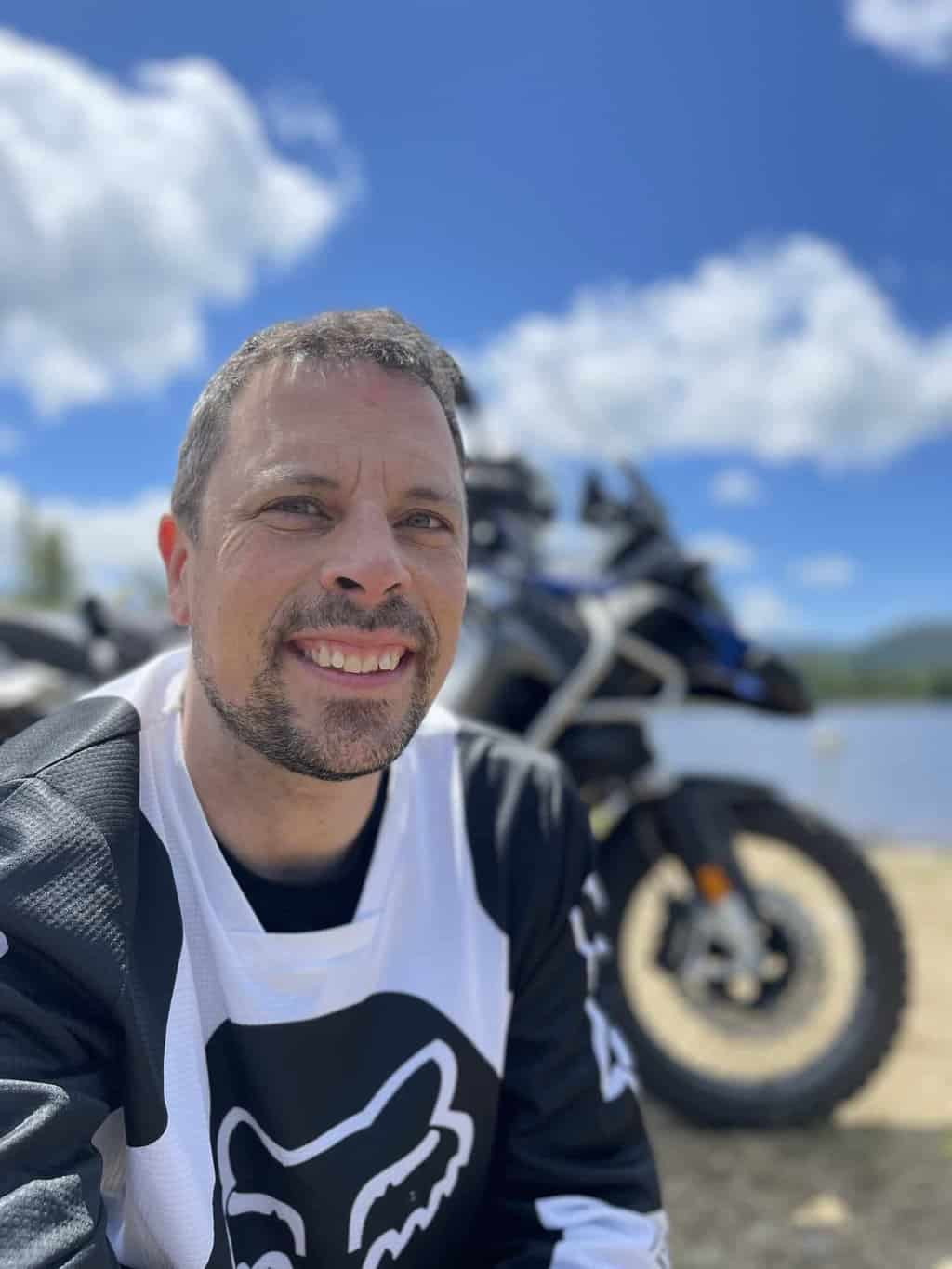
Meet Simon, the 46-year-old aficionado behind YourMotoBro. With a lifelong passion ignited by motocross dreams and a Canadian Tire bicycle, Simon’s journey has been nothing short of extraordinary. From coaching underwater hockey to mastering muddy terrains, he’s an authority in thrill and adventure. Certified as an Off-Road Vehicle Excursion Guide and trained in Wilderness First Aid, Simon’s love for bikes is as diverse as his collection—from a robust BMW GSA R1200 to the memories of a Harley Davidson Night Train. By day a respected telephony consultant, by night a motorcycle maestro, Simon’s tales are a blend of expertise, resilience, and undying passion. ?️✨
